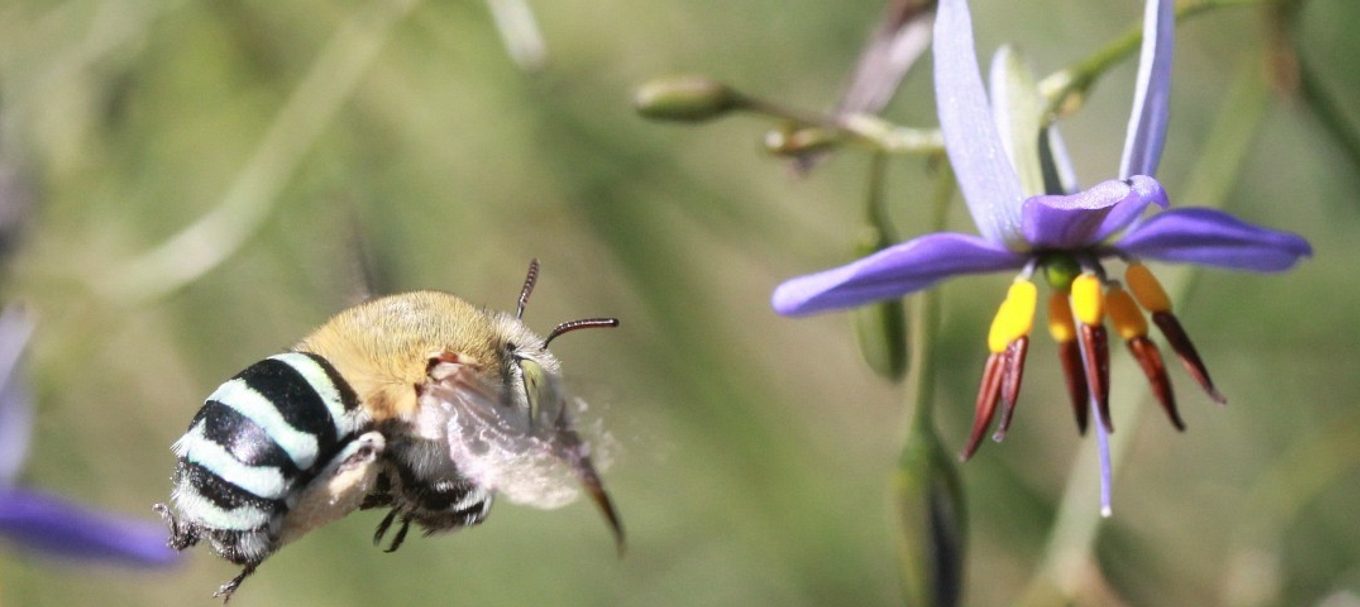
Why bees are so important to the environment
Bees are an important part of the natural environment but sometimes we take them for granted. Maybe it’s because we don’t realise how important they really are?
So let’s clear a few things up:
1. Do we need bees? Why?
That’s an easy question – yes. Put simply, bees pollinate our plants, which means they carry pollen between plants of different sexes to fertilise them, or even between different parts of the same plant, which help plants reproduce. Bees even help plants survive by preventing inbreeding.
2. What is the biggest difference between native bees and honey bees?
Australian native bees don’t store nectar and therefore they generally don’t produce honey, at least not in ample amounts. But European honey bees were introduced into Australia about 200 years ago for that exact reason – to produce honey.
Unfortunately though, European honey bees steal food from native birds and animals and take over their homes. But they do pollinate some of our crops and many of our native plants.
3. If native bees don’t produce honey, do we even need them?
Definitely. Native bees pollinate native plants, many of which can’t be pollinated by introduced bees. Some flowers need vibration to release pollen, which many of our native bees can do. This is called ‘buzz pollination’. Native bees can even pollinate some introduced plant species.
4. How many native bees do we have in Australia?
There’s about 1650 native bee species in Australia, with at least 200 of these species found in the Adelaide Hills. The count for bee species worldwide is still growing – there are 20,000 known species.
5. Do native bees build hives?
There are some exceptions but generally the answer is no. Native bees tend to live alone in wood, gaps between rocks, the stems of some plants, and homes they have dug for themselves underground.
This is different from European honey bees, which live in groups with thousands of worker bees ruled by a Queen.
Surprisingly, a honey bee probably only produces a twelfth of a teaspoon of honey in its whole life. So if you do the maths, it would take approximately 1202 bees to create 500 grams of honey.
6. How big are native bees?
Native bees can range from about 2 millimetres to just under 2.5 centimetres long, which is the size of the spectacular carpenter bee.
7. Do native bees sting?
It’s less likely you’ll be stung by a native bee than a European honey bee, as these bees are aggressive and defend their hive. Native bees generally don’t build hives, which means this isn’t much of a problem, and the native bees that do build hives are actually stingless. The best advice is to be careful anyway and keep your distance where you can.
8. What can I do to help native bees?
Make native bees feel welcome by helping them out with a home. This helps protect the species. Consider building a ‘hotel’ for bees by drilling holes into a piece of timber, or even create a whole bee wall.
For a more in-depth read, check out Discovery Circle’s guest blog by SA Museum researcher Remko Leijs.
Main image: Blue banded bee (image courtesy of Martin Stokes)
This story was originally posted in October 2016.





